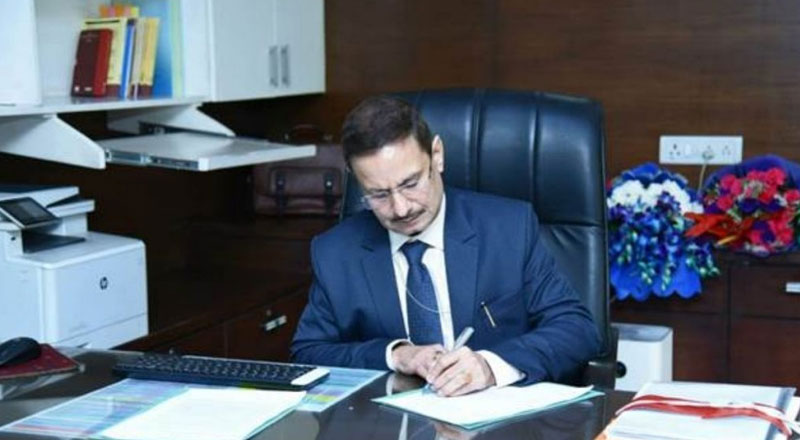Over the past few years, digital transformation has become a watchword for many businesses. In this new era defined bycloud computing, social media and mobile strategies, companies are pursuing new IT tools, and it is clear that the best useof tools require a disruption to operational procedures. Accompanies seek success with new products and new customers; there are many areas that must be addressed in order to become a truly digital service provider. One of the critical success factors for service organizations is to understand how technical support, the backbone of customer satisfaction as well as customer retention is evolving with regards to technology adaption and workforce skills.
The Four Pillars of a Functional IT Framework:
However, before we discuss the workforce skill trends, let us first understand how technical support is evolving at a dramatically fast pace. Afunctional IT framework describes four primary IT disciplines-Infrastructure, Development,Security, and Data.
• Infrastructure: The Infrastructure pillar is the bedrock of IT operations. Witha broad reach and a long history, Infrastructure contains many of theroles most often associated with IT.At the core of this function, system administration and network operations take care of the back-office tasksthat have been part of IT since the mainframe era. However, today’s setup requires physical server maintenance,virtual system administration, network configuration, and storage planning. These tasks, which have traditionally centered on “on-prem” components still establish the foundation for the rest of the IT architecture. Interestingly, we are observing a growing importance of application implementation.
• Development: While Infrastructure focuses on hardware, Development centers on software.It is important to note that companies building software for externalcustomers have separate product development teams. However, in times to come, there will clearlybe an overlap between the software product teams and infrastructure and these two pillars work seamlessly to provide the best application for the end user.
• Security: As technology needs become more complex andthe digital stakes get higher, security is perhaps the most important pillar of any organization. Security most often begins as an offshoot ofInfrastructure, since the traditional security approach has been heavilyfocused on technology. The need for further specialization is driven bynew layers of technical tools, business processes that establish securepractices.Traditionally organizations have used firewall and antivirus as the means for securing their infrastructureand endpoint devices. • Data: As Security is an offshoot of Infrastructure, Data is an offshoot ofDevelopment. The skills and thinking needed in Development translatewell to Data, where there is an abstract component of dealing with bitsand bytes. The recent growth in the amount, veracity, velocity and variety of data that a company can manage has brought focus to certainspecialized skills, but there is a foundation that must be built beforemoving to more advanced applications.
New age technical support competencies –
These four pillars and their overlap has created a complex environment which requires rethinking thestrategic and tactical competency development of a technical service function.
To the extent that hardware is still involved at the core of technical services at the first level of technical support, the responsibilities have definitely evolved in the past few years. From a PC running on Windows most originations have started utilizing other operating systems and smartphones heavily. In many cases enterprise application are accessed over cloud by employees and customers. Pure hardware repair is a passé as companies exploreBYOD and utilize warranty support, but familiarity acrossmultiple operating systems is needed as a basic step inensuring productivity.Beyond devicesthe first line of defense is nowinteracting with a complex back end system comprised of many components.
Pradipto Chakrabarty
Regional Director, CompTIA India





